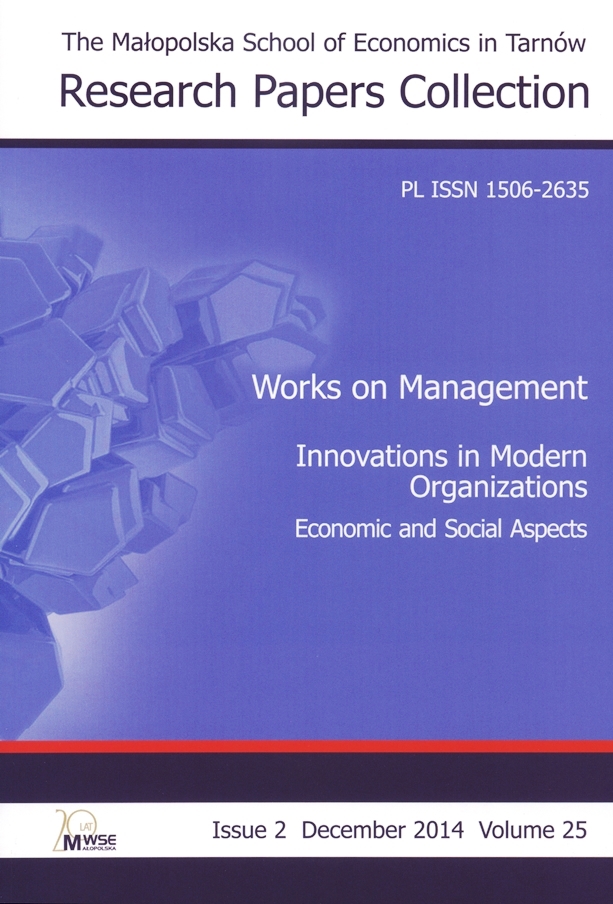Abstract
The article presents the essence, nature and importance of strategic analysis as one of the key elements of a successful enterprise development. The authors give the basic definitions of strategic analysis using business vocabulary and other views. The basic methods of strategic analysis are present. The influence of external and internal environment of the activities of the company is analyzed and in accordance with this, the classification of the methods of strategic analysis is carried out. The authors came to the conclusion that methods of strategic analysis of internal environment of the enterprise includes: the method ‘tree of aims’, LOTS method, MOST model. Methods of strategic analysis of external environment of the enterprise include: Ansoff’s product/ market growth matrix, Cooper portfolio matrix, Model of ‘5 competitive forces by Porter’, the BCG model, New BCG matrix, GE/ МcKinsey matrix, Thompson and Striklend method, ‘7S’ McKinsey, ADL/ LC matrix, Hofer/ Schendel model, PEST analysis. Methods of strategic analysis used in the study of external and internal environment includes: Abel model, SWOT analysis, Shell/ DPM model, PIMS model, SPASE analysis, Seiners matrix. Presented strategic analysis methods have been extended to the latest achievements in the field of economic analysis. Last part presents possibility to use analytical production function to estimate total labour productivity in the enterprise. Methods of strategic analysis illustrate the potential of internal and external environment, analytical production function allows to measure the effectiveness of the use of this potential.
References
BNET Business Dictionary [online, accessed: 2014-03-09]. Retrieved from: http://www.cimaglobal.com.
View in Google Scholar
Downey, J. (2012). Strategic analysis tools. Topic Gateway Series, no. 34. Prepared by Technical Information Service [online, accessed: 2014-03-12]. Retrieved from: http://www.cimaglobal.com/.
View in Google Scholar
Hirsh, A. (2014). What is the BCG model in marketing? [online, accessed: 2014-03-12]. Retrieved from: http://smallbusiness.chron.com/bcg-model-marketing-12953.html.
View in Google Scholar
Kozioł L., Pyrek R., Kozioł W., Wojtowicz A. (2013a). An outline of a compensation system based on human capital theory. Procedia. Elsevier.
View in Google Scholar
Kozioł L., Pyrek R., Kozioł W., Wojtowicz A. (2013b). Relationship marketing: A tool for supporting the company’s innovation process. Procedia. Elsevier.
View in Google Scholar
Sharrieff, M. (2012). How to write a strategic analysis for business organizations [online, accessed: 2014-03-19]. Retrieved from: http:// www. smallbusiness.chron.com/write-strategic-analysis-business-organizations-89.html.
View in Google Scholar
Worrall, L. (1998). Management Research Centre. Wolverhampton Business School, University of Wolverhampton, UK. Occasional paper series, 27th May 1998, no. OP 001/98. ISSN 1464-1747.
View in Google Scholar
© Copyright by Małopolska School of Economics in Tarnów. The articles are available under the Creative Commons Attribution NonCommercial-NoDerivatives 4.0 International License


